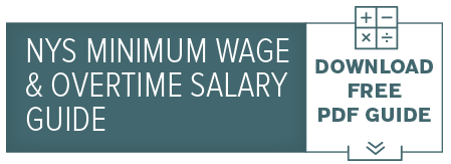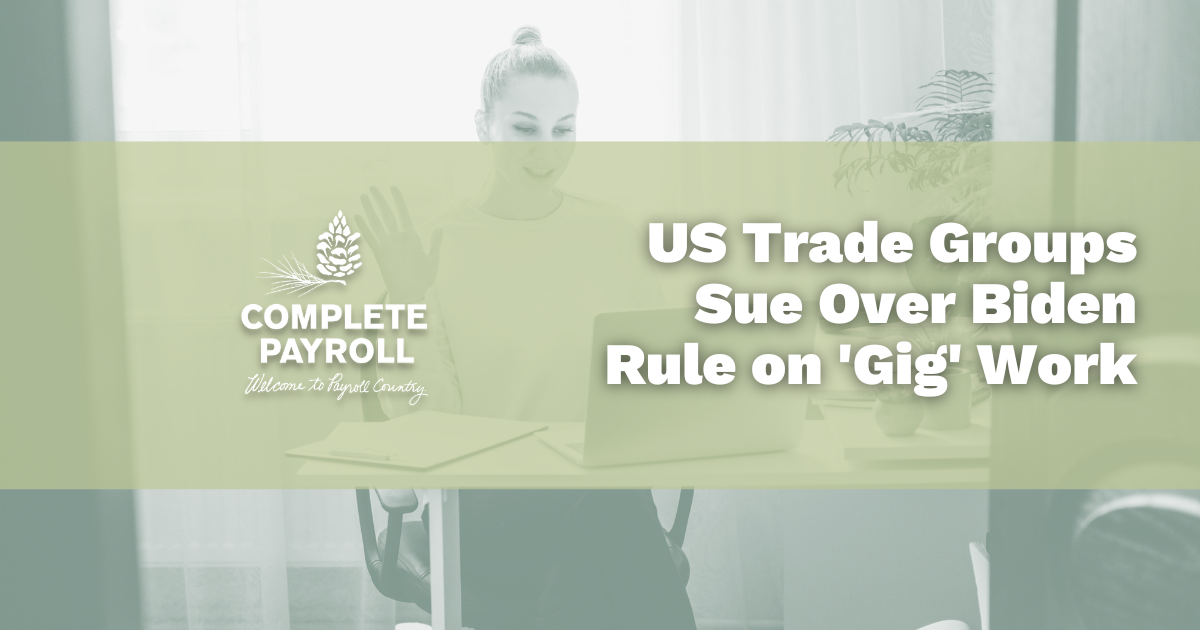Here in Payroll Country, we believe in putting people first - it's at the heart of everything we do. That's why we've crafted this friendly guide to help you navigate the sometimes tricky waters of employee classifications. It's all about building understanding through meaningful conversations, just like we do every day with our community. So, let's dive in and demystify the world of exempt and non-exempt employees together:
What is an Exempt Employee?
Exempt employees are classified under federal law, specifically the Fair Labor Standards Act (FLSA), and are exempt from overtime pay requirements. To qualify as exempt, employees must meet certain criteria regarding their salary basis and job duties.
There are three different types of exempt employees (as defined by Title 29, Code of Federal Regulations (CFR), Part 541):
- Executive
- Administrative
- Professional
Exempt employees are paid a fixed salary regardless of the number of hours worked, highlighting the need for employers to carefully consider job descriptions and duties when classifying their workforce.
What is a Non-Exempt Employee?
Non-exempt employees, in contrast, are eligible for overtime pay. This classification covers workers who are paid an hourly wage and those who do not meet the FLSA's criteria for exempt status.
Non-exempt positions often involve:
- Manual labor
- Clerical work
- Job duties that do not require independent judgment
Employers must pay these employees overtime at a rate of one and a half times their regular hourly rate for hours worked beyond the standard 40-hour workweek.
Salary vs. Hourly Employees
Understanding the Basics
The distinction between salary and hourly pay is a fundamental aspect of employee classification. Salaried employees receive a predetermined amount each pay period, regardless of the hours worked, while hourly employees are paid based on the actual hours worked. This difference is crucial in determining exempt vs non-exempt status, as it affects eligibility for overtime compensation.
How to Classify Employees Correctly
Getting classification right is crucial, like finding the perfect spot for a puzzle piece. Here’s our advice:
- Review job descriptions carefully, considering both duties and the salary/hourly rate.
- Keep FLSA rules close by, ensuring your classifications are compliant and up to date.
- Remember, it’s about fairness and making sure everyone feels valued and respected in their roles.
Compliance with these regulations is essential to avoid penalties and ensure fair treatment of employees.
FAQs about Exempt vs Non-Exempt Employees
What does exempt mean?
It means being in a role that’s not eligible for overtime pay, but also having the freedom and responsibility that come with salaried positions.What does non-exempt mean?
This means your role is eligible for overtime pay, ensuring you’re compensated for every hour you dedicate to your work.How do you classify employees?
It’s about looking at the whole picture: the role, responsibilities, and how compensation aligns with labor laws.Understanding Overtime Rules
The FLSA sets forth specific overtime pay requirements, stipulating that non-exempt employees must receive overtime pay for hours worked in excess of 40 per week. Understanding these rules, including the calculation of overtime rates and identifying eligible employees, is vital for employers to ensure compliance and prevent issues related to unpaid overtime wages or worker misclassification.
The Importance of Employee Classifications
Proper employee classification affects not only compliance with labor laws but also impacts business operations and employee morale. Misclassification can lead to legal challenges, financial penalties, and damaged reputations. Employers must recognize the significance of accurate classification, considering the implications for salaried and part-time employees alike.
Navigating the Salary Threshold and Labor Laws
The FLSA establishes a salary threshold for exempt employees, which is periodically updated. Employers must stay informed of these changes to ensure compliance. Furthermore, understanding the role of the Department of Labor and federal labor laws is crucial for navigating the complex landscape of employee classifications.
Understanding the differences between exempt and non-exempt employees is essential for employers to ensure compliance with labor laws, provide fair compensation, and maintain a positive work environment.























